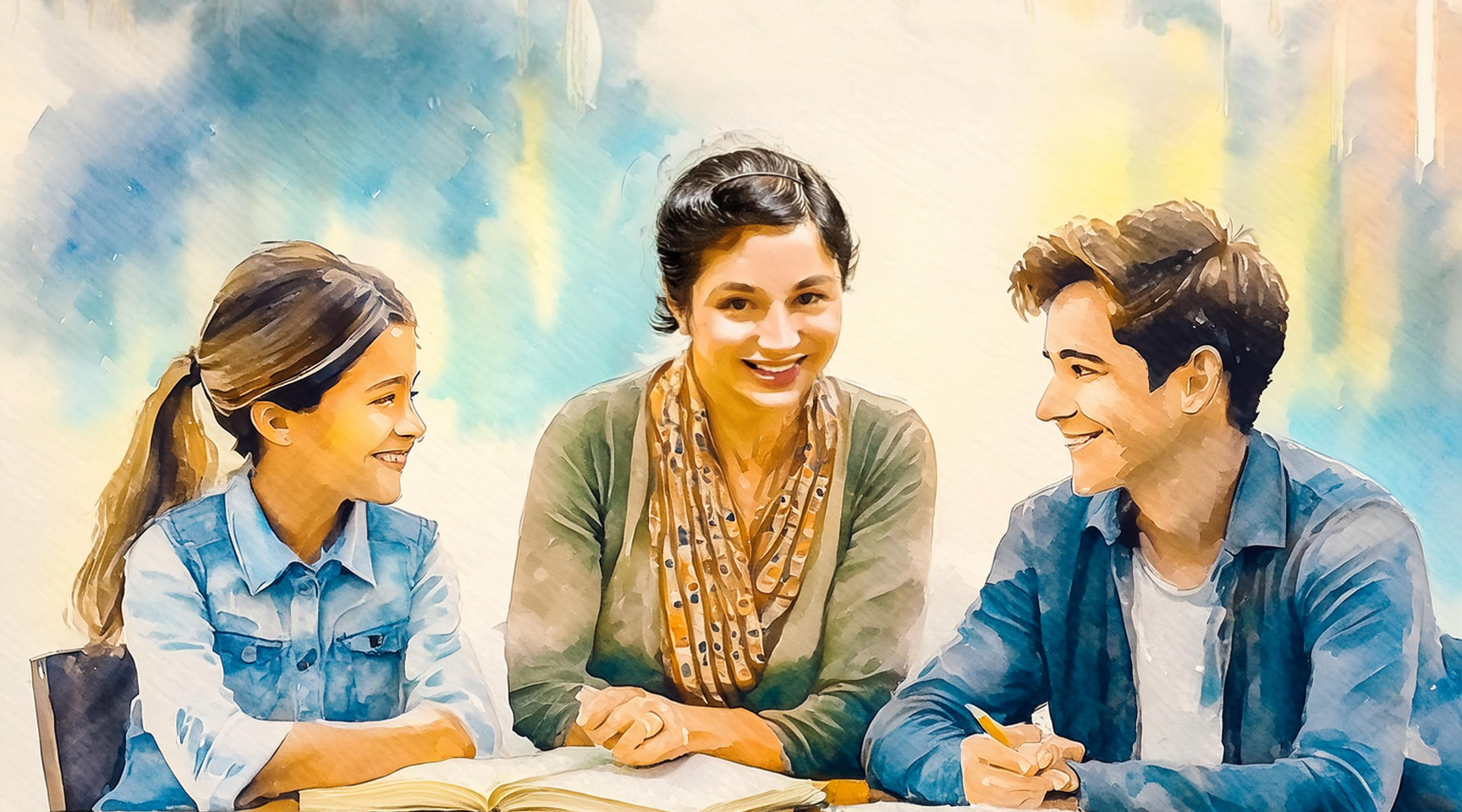
Arpan, 2021–Ongoing
Redesigning Curricula:
Classroom Learning to Self-paced Digital Learning
CONTEXT
Arpan, India's largest NGO dedicated to combating child sexual abuse, sought to scale up the reach of their flagship programme Personal Safety Education beyond geographical boundaries using online learning. Recognizing the preference for video-based learning among their audiences, they approached us to transform their offline classroom program into a comprehensive digital learning strategy.
KEY QUESTIONS
1.
How could we design for multiple use cases, like online learning through Government Platforms, Partner Learning Management Systems, their native platform and also classroom-based sessions?
2.
What was the right way to address sensitive topics like Child Sexual Abuse and Personal Safety outside of the classroom without a human teacher to support the learning?
3.
How should the product be designed for adolescents accessing the materials on shared household devices, given the diverse socio-economic realities as well as differing family values on the topic?
APPROACH
EXPLORING DIVERSE APPROACHES AND SETTLING ON THE FINAL CHOICE
Based on prior research with their learner group, Arpan knew that for the adolescent age group, they should create rich media outputs instead of animations or cartoon-like media. They were also keen to create story-based learning as opposed to clinical text and quizzes due to the emotional and sensitive nature of the topic.
Building on this direction, we presented various approaches, that kept the primary focus on delivering a rich media output to retain attention and immerse the learner. This included ideas such as an imaginary radio show about child safety, or a TV show called “Today I Learned” where two friends discussed anecdotes related to the topic. In another idea called “Ask me anything” an adult would give an expert view on the topic.
The approach was carefully chosen to cater to multiple use cases
The final direction chosen utilized a relatable peer voice complemented by an adult on the topic who would play the role of the expert. The peers would help connect with the learners and build a comfort level, while the expert voice would help guide the learners through the concepts.
This would be created as a video series featuring relatable youth characters facing unsafe situations and subsequently seeking help. Some of these would be used as standalone media units and some with two narrators who would be in the same age group, of two different genders along with the adult.
Microlearning videos with an adult and two teenagers discussing sexual abuse
Short films on Personal Safety for Adolescents and responding to unsafe situations
UNDERSTANDING THE LEARNER’S NEEDS AND AREAS OF CURIOSITY
Immersing ourselves in the material and approach of the organization, we examined the offline lesson plan manuals and activities and conducted interviews with the field trainers to gather insights into the learner’s needs, existing knowledge, and areas of curiosity. This enabled us to articulate important points that needed to be included in the scripts to create material that spoke to the learners. While creating the course architecture and strategy we explored the trainers' and the program director's concerns about adopting digital mediums to engage learners to ensure the course design addressed these risks.
DEFINING THE SCOPE FOR EACH SUBTOPIC WITHIN THE THEME AND ESTABLISHING CRUCIAL LEARNING OBJECTIVES
Taking all this into account, we developed non-linear themes that allowed the team to implement the content as a traditional course or showcase the themes as individual stories on YouTube. We articulated the scope of each theme and established key learning objectives based on discussions to ensure the material would not be overloaded, yet were concerned about the priority area. Alongside this, we provided the writing team with a range of scenarios to create media-rich films on the topics.
AIDING IN THE FILM PRODUCTION PROCESS AND CRAFTING ASSESSMENTS TO GAUGE LEARNERS’ COMPREHENSION
The film creation process was supported by us in the role of review through the scriptwriting stage. We wrote the storyboards that were used to introduce each of the films as well as the introductory videos. Additionally, we designed formative and summative assessments to evaluate the learner’s understanding.
IMPACT
Currently in pilot mode, the self-paced course has been administered to 173 participants, while 152 students have participated in FGDs. The course has been accepted well and learners have found it easy and well-articulated. The team is now working through specific parts that can be edited to make it more concise and compelling, as well as reducing the risk of causing any distress.




